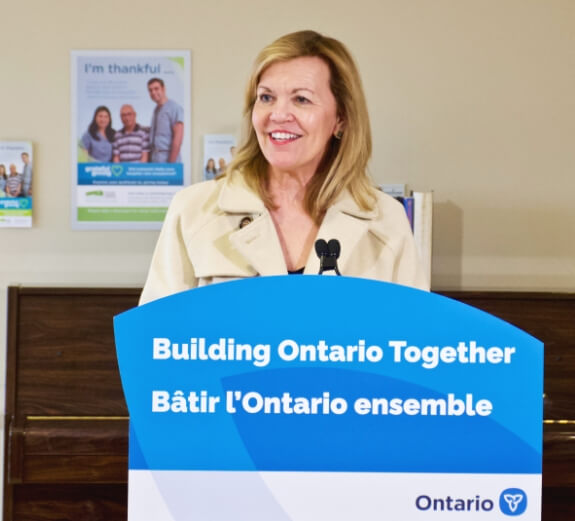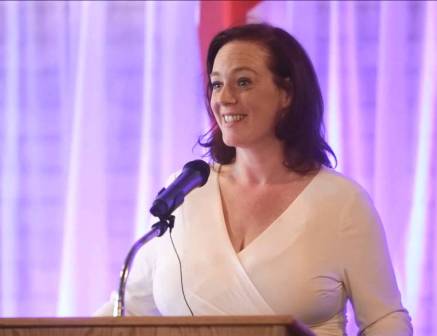Ontario Modernizing Delivery of Home and Community Care
Province Building Healthier Communities through Ontario Health Teams
The Voice of Canada News:
TORONTO — As part of the province’s comprehensive plan to build healthier communities and end hallway health care, Ontario is modernizing the delivery of home and community care services by bringing an outdated system into the 21st century.
Christine Elliott, Deputy Premier and Minister of Health, was at Michael Garron Hospital, a member of the East Toronto Health Partners Ontario Health Team, to announce Ontario’s plan to enable integrated and innovative models of home and community care through the introduction of the Connecting People to Home and Community Care Act.
Patients receive home and community care based on outdated models first developed in the 1990s,” said Elliott. “We are breaking down long-standing barriers that have separated home care from primary care and, in doing so, allowing for the seamless coordination of services for patients, while maintaining and strengthening oversight and accountability measures.
If passed, the legislation will allow Ontario Health Teams to deliver more innovative models of home and community care. Patients will benefit from primary care, hospitals, home and community care and long-term care providers being able to collaborate directly to provide care that best meets individual care needs. Ontario Health Teams will work together to understand a patient’s full health care history, directly connect them to the different types of care they need and help patients 24/7 in navigating the health care system.
To ensure the ongoing stability of services while home and community care transitions into Ontario Health Teams, Local Health Integration Networks (LHINs) will be refocused into interim and transitional organizations called Home and Community Care Support Services, to reflect their singular mandate of delivering home and community care, as well as long-term care home placement.
Ontario will be winding down LHINs in a phased way as home and community care services are transitioned to Ontario Health Teams over time. During the transition, patients and caregivers will continue to access home and community care services in the same way and use the same contacts.
“By moving home and community care out of administrative siloes and into Ontario Health Teams, patients will receive the home care they need as quickly and conveniently as possible, without having to tell their story over and over,” said Elliott. “As we make these thoughtful but long overdue changes, there will be no disruptions in patient care.”
Ontario has a comprehensive plan to end hallway health care, which includes making investments and advancing new initiatives across four pillars:
- Prevention and health promotion: keeping patients as healthy as possible in their communities and out of hospitals.
- Providing the right care in the right place: when patients need care, ensure that they receive it in the most appropriate setting, not always the hospital. This includes expanding access to home and community care.
- Integration and improved patient flow: better integrate care providers to ensure patients spend less time waiting in hospitals when they are ready to be discharged. Ontario Health Teams will play a critical role in connecting care providers and, in doing so, helping to end hallway health care.
- Building capacity: build new hospital and long-term care beds while increasing community-based services across Ontario.
Quick Facts
- This year, Ontario is investing an additional $155 million more to expand frontline home and community care services.
- The ministry is also taking steps to expand the capacity of the home care workforce through client-partnered scheduling, an initiative that lets service providers schedule visits directly with home care clients to better match available personal support workers with client preferences.
- Patients and caregivers can continue to access home and community care and long-term care placement services in the same ways, using the same contacts. For information and referrals, people can continue to call 310-2222 (English) or 310-2272 (French), no area code is required.





